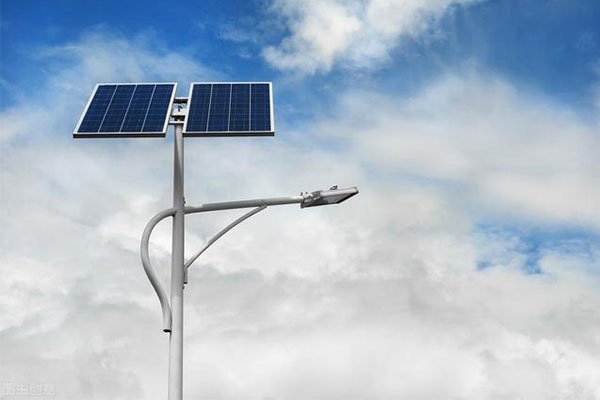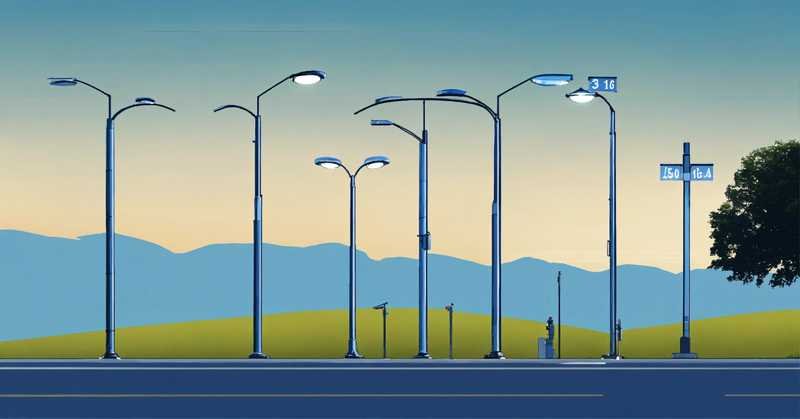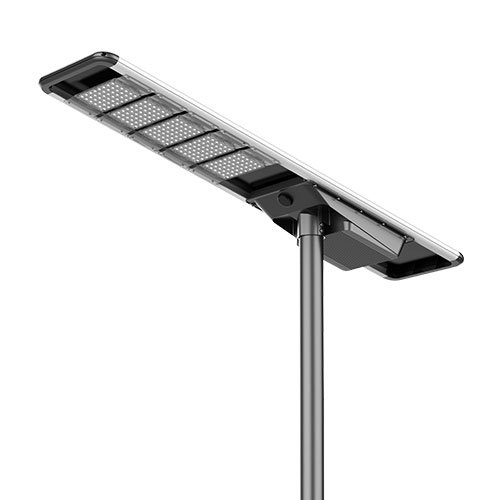The efficiency of solar street lights heavily depends on their installation angle. Incorrect angles can reduce energy absorption and impact performance.
The optimal installation angle maximizes solar energy absorption based on geographic location, season, and shading conditions. Adjustable mounting brackets help optimize light efficiency.
Improperly installed solar street lights may fail to capture enough sunlight, leading to reduced illumination time and battery life. Understanding the right angles ensures maximum efficiency and longevity.
Factors Affecting the Optimal Installation Angle
Several factors influence the ideal angle, including latitude, seasonal changes, and potential obstructions.
- Latitude: The installation angle should match the latitude of the location to maximize sunlight absorption.
- Seasonal Variations: Adjustments may be needed for different seasons to optimize solar panel efficiency.
- Shading and Obstructions: Nearby buildings, trees, or poles can block sunlight, requiring adjustments to the angle.
- Local Weather Conditions: Areas with frequent cloudy days might benefit from steeper angles to capture more light during shorter daylight hours.
How to Determine the Best Installation Angle
Calculating the best angle involves geographic positioning, seasonal sun paths, and adjustable mounting options.
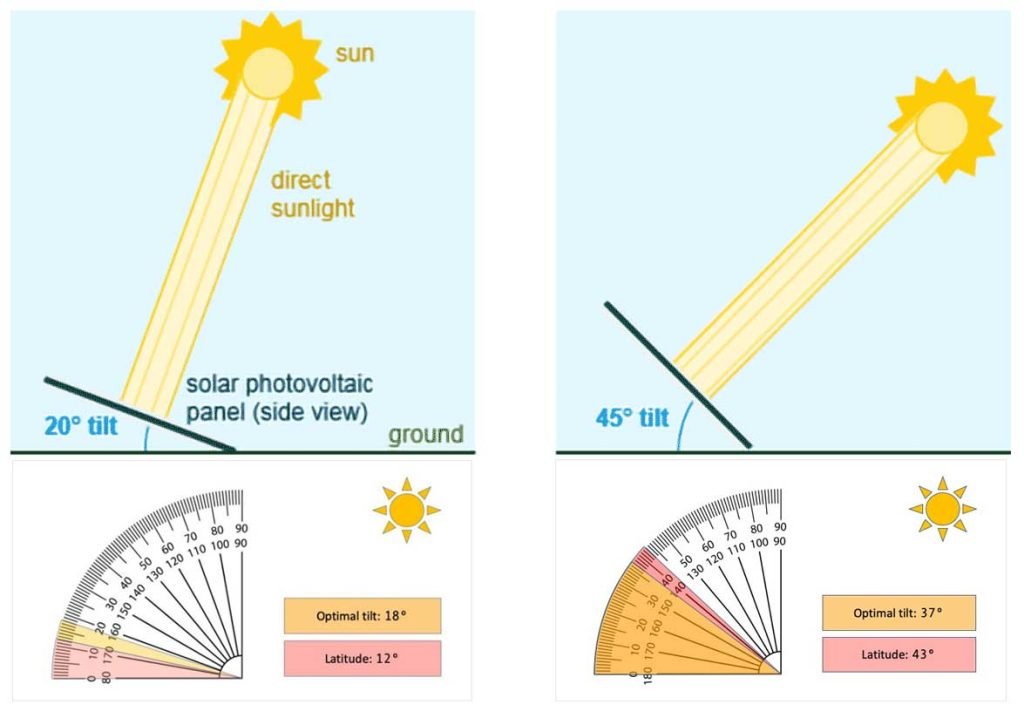
- Use the Latitude Rule: The optimal tilt angle is typically equal to the latitude of the installation site.
- Adjust for Seasonal Variations: Increase the angle by 10–15° in winter and decrease it in summer for better efficiency.
- Utilize Adjustable Brackets: Flexible mounts allow fine-tuning of the panel angle based on real-time conditions.
- Use Solar Tracking Systems: Advanced solar street lights incorporate tracking technology to optimize sun exposure automatically.
Common Mistakes in Setting the Installation Angle
Incorrect angles can significantly reduce solar efficiency and battery performance.
- Too Flat or Too Steep: A wrong tilt reduces sunlight absorption, leading to low battery charge levels.
- Ignoring Seasonal Adjustments: Static installations may lose efficiency during different seasons.
- Overlooking Shading Issues: Installing lights near tall objects can cause shading, reducing energy collection.
- Improper Bracket Positioning: Fixed brackets limit optimization; adjustable ones allow better alignment.
Steps to Adjust the Installation Angle for Maximum Efficiency
Proper adjustments can significantly improve solar panel performance and extend battery life.
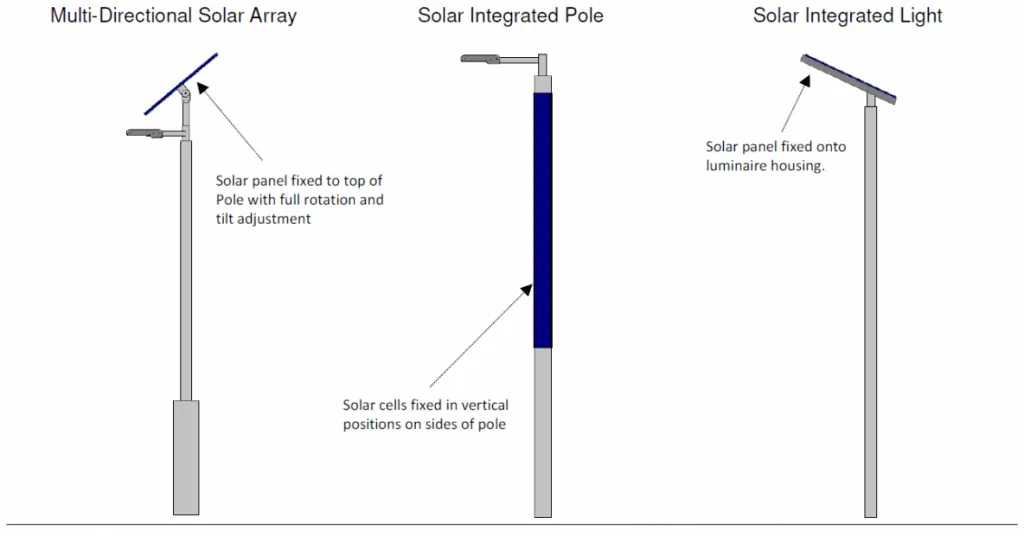
- Check Geographic Latitude: Set the initial angle based on the site's latitude.
- Monitor Performance Over Time: Observe energy output and adjust the angle if necessary.
- Use a Solar Tilt Calculator: Online tools can help determine the best angle based on location and season.
- Ensure Secure Mounting: Firmly fasten the panels to withstand wind and environmental factors.
- Conduct Seasonal Inspections: Periodically adjust the tilt to maintain peak efficiency.
Conclusion
Installing solar street lights at the optimal angle is crucial for maximizing energy absorption and ensuring consistent lighting performance.
By considering latitude, seasonal changes, and shading factors, and using adjustable mounting options, users can significantly improve the efficiency and longevity of their solar lighting systems.




